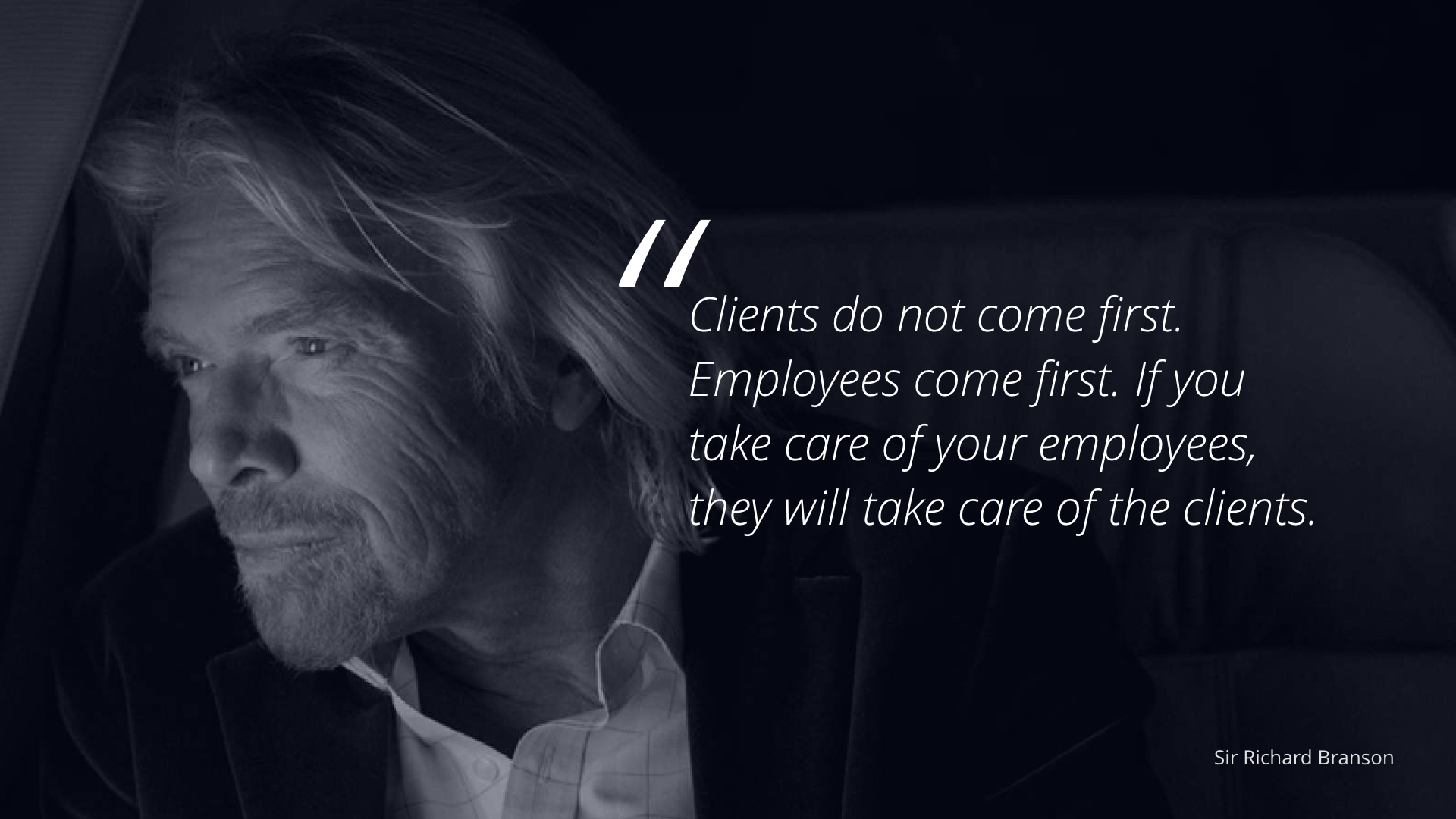What Does Disengagement Really Mean?
If you are an employer, are you concerned about statistics about low employee engagement? After all, statistics don’t always tell the whole story, right?
A recent Gallup poll revealed that 85% of employees are not engaged in the workplace, and that a whopping 81% of employees are considering leaving their jobs. Should this raise an eyebrow?
Perhaps this doesn’t concern you, because your workplace is different, right? These stats don’t represent your organisation – they are only relevant to other workplaces. Workplaces with inferior office culture and sub-par products. Everything is going swell after all – your business is profitable, and your employees still have jobs. They should be happy even if they aren’t fully engaged. At least that’s what you may be telling yourself.
But what if I were to tell you that these disengaged employees are opening your organisation up to great levels or risk?
If I don’t have your attention yet, what if I pile on by evaluating the costs associated with these risks? You may not realise it yet, but the risk you’re taking with these disengaged employees could mean bleeding money in the future. Are you okay with that?
The Cost of Employee Disengagement
Most employers don’t seem to grasp the costs associated with disengaged employees. They think that as long as things are currently running smoothly, nothing can be that bad.
Unfortunately, employee disengagement is often the result of deeper organisational issues that are causing stress and anguish among the workers.
In fact, a HICA insurance study showed that workplace stress costs Australian businesses $10 billion per year, and that study is from six years ago. This is a surprisingly hefty figure and even if I shared statistics from the last year, those would soon be in the rearview mirror and we could be looking at more horrifying numbers in the future.
How to Counteract Disengagement
You may want to ignore employee disengagement, hoping that it will just go away. But ignoring the problem will only make things worse and will only feed your growing risk vortex.
Think back to what we learned in the first blog post: Risk starts and ends with people.
If your people aren’t engaged, they are more likely to create risk for your organisation, whether through negligence or malicious behaviour.
Employee engagement can have a significant impact on your organisation’s overall risk profile. Consider some of these issues that can arise from disengagement:
- Higher Absenteeism – Consistent absences can indicate that an individual is struggling with the current work environment. Their own productivity can plummet, and the workload then falls onto others who are forced to pick up the slack. This can generate even more unneeded stress. This can create a vicious cycle in which disengagement almost becomes contagious.
- Lack of Productivity – Disengaged employees are at best satisfied with the bare minimum level of productivity. If the level of engagement continues to decline, the entire organisation may suffer from lackluster performance.
- Loss of Organisational Knowledge– When employees disengage, they may leave the organisation entirely, meaning a replacement will be required. There are costs -both monetary and from a performance standpoint – associated with searching, recruiting, and training new hires.
- Loss of IP – Proprietary knowledge can be taken elsewhere, either through theft (insider threat) or if the employee signs with a competitor.
Why do Employees Become Disengaged?
There are many reasons that a person may become disengaged within an organisation. Let’s revisit two important points to from the last two blogs:
- Misaligned Expectations – If you promise a particular work environment or culture and don’t deliver, it can be easy for employees to lose trust and disengage quickly.
- Risk to a person and Risk by a person (the lens at which Unearth looks at risk) – You must assess an employee’s risk profile (or “Risk Cocktail”, as we like to call it) to determine if you are providing an environment in which they are safe to succeed rather than be exposed to harm.
How to Gauge Employee Engagement
Don’t simply guess how engaged your people are, instead, use tools like pulse surveys, diagnostics, smart analytics and other resources to help you measure this. Leverage the information to take effective action across the business including leadership, work environment culture, processes and tools.
How to Overcome Employee Disengagement
Employees are looking for connection to the organisation and for most there is a need to have a voice. If employees see that at least some of their feedback is being taken seriously and there is genuine interest in their well-being, they will feel like a part of the picture rather than just a cog in the machine.
There are not just benefits from an engagement and performance standpoint, but also improved employee retention. Retaining key talent within your organisation is no doubt one of the businesses objectives.
There are many factors that can lead to employees becoming stressed, or disgruntled, leading to disengagement. It always comes down to harm being felt by the employee (risk to a person).
While this may not always be preventable, by having employees engaged and connected to the organisation, they can be sensors in the work environment and culture, aiding the organisation’s awareness and response. This can play a central role in the future of both the employee and the company. The key is to not ignore the harm or potential harm to the employee.
Ignoring those signs of harm being felt by an employee within the work environment may also mean you miss the escalation that is being caused through further stress. This could lead to the employee acting out maliciously or neglecting their responsibilities, causing harm to the organisation (risk by an employee).
We will cover this in more detail in our blog about the Unearth’s risk model. There, we will take a holistic approach to the person.
Conclusion
Disengagement is not just a buzzword – it is a real-world problem faced by organisations in every country. It can affect profits, public image, and industry performance. Your employees are your first line of contact and defence, and they should be treated as such. Highly engaged employees will service your customers happily and effectively. Your people will maximise your organisation’s potential and reduce your overall organisational risk if they are properly engaged.

Continue On
If you want to learn more about engaging your employees and managing your risk, you can read my next blog about Unearth’s risk model. This will place emphasis on the whole of person and help you to improve your organisation’s performance and maximise your outcomes.
And if you would like to engage us (excuse the pun) to share thoughts or insights from this blog or any information we have provided, we would welcome hearing from you through hello@unearth.com.au




